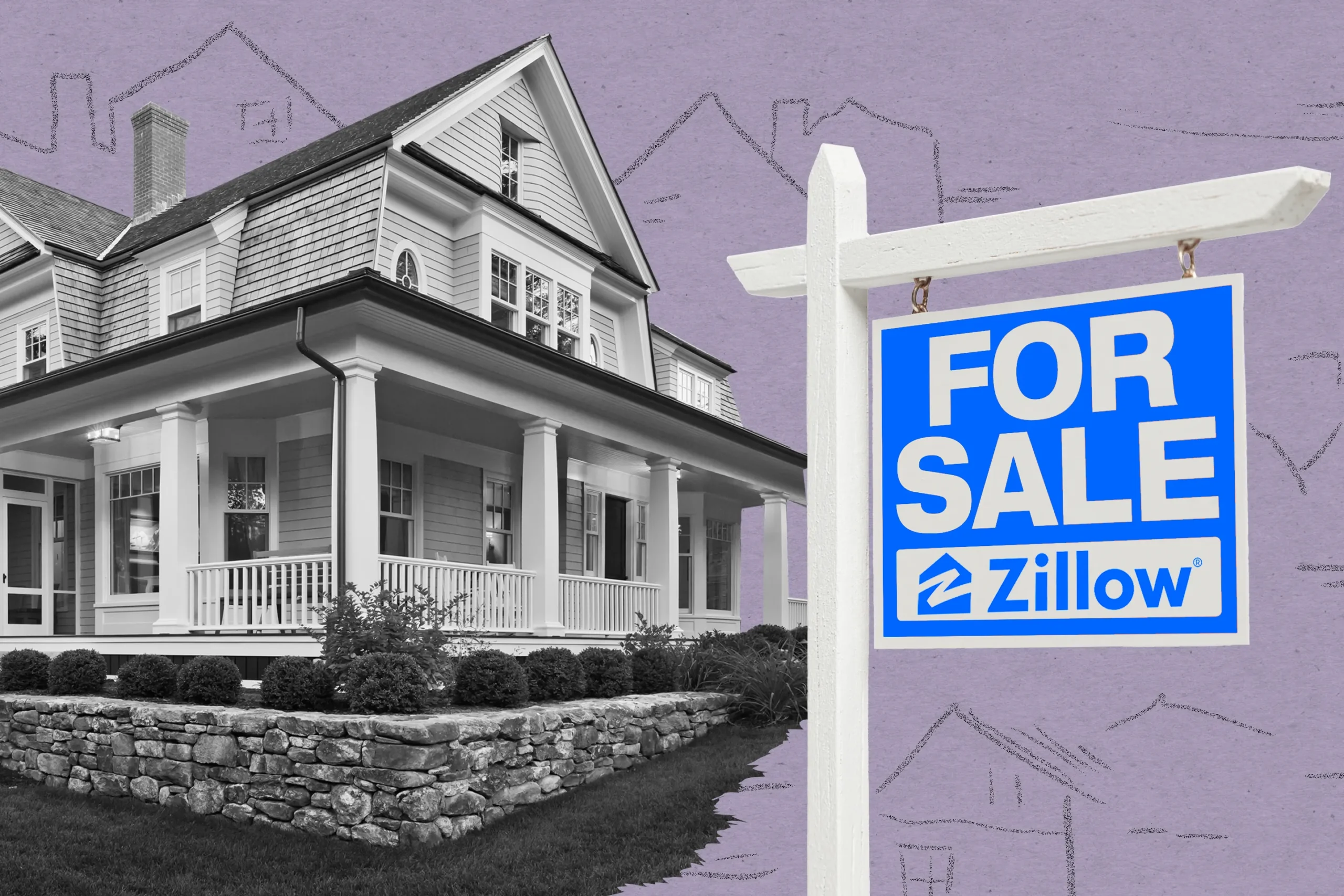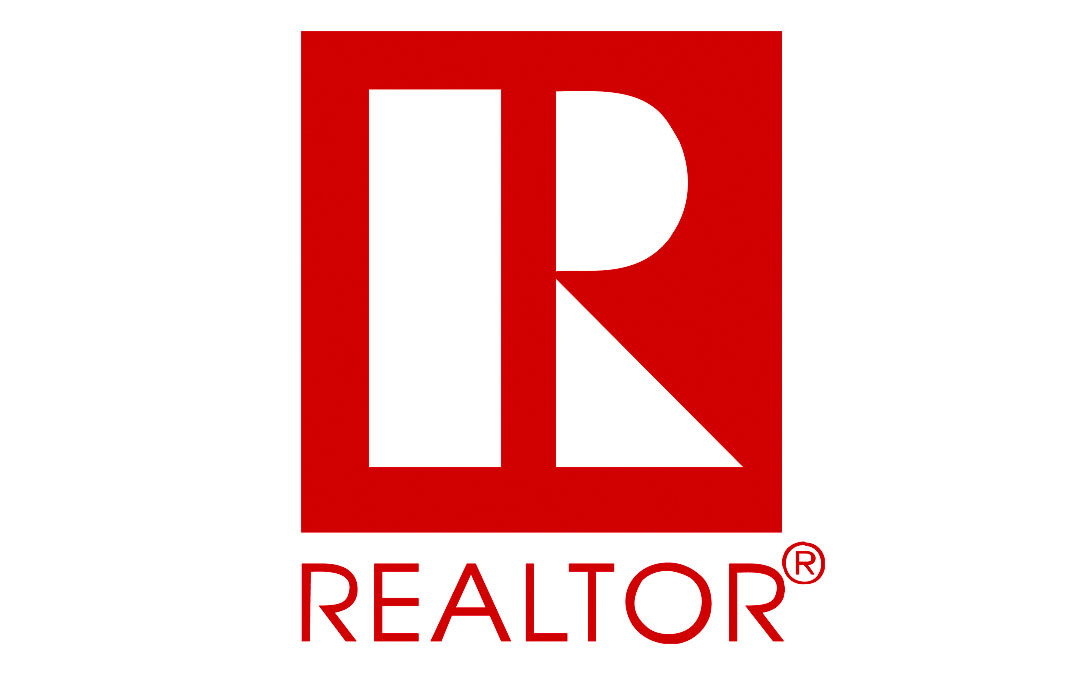Analyze Your Market and Financing Options
Below is a detailed, step-by-step breakdown to help you research local real estate markets and understand various financing methods. We also have a dedicated Task Page to help you stay organized every step of the way!

Step 1: Conduct Local Market Research
Identify Target Neighborhoods
Look for Strong Fundamentals: Areas with robust job markets, quality schools, and low crime rates often have stable or appreciating property values.
Check Local Amenities: Access to shopping centers, public transportation, and parks can increase tenant demand and property appreciation.
Compare Property Prices & Rental Rates
Historical Appreciation Trends: Investigate how property values have changed over the past 5–10 years. Look for consistently upward-trending areas, especially if long-term equity growth is a priority.
Current Rental Demand: Study vacancy rates and average rental prices. High demand + low supply often signals a profitable rental market.
Use Online & Offline Resources
Online Platforms: Websites like Zillow, Redfin, or local MLS (Multiple Listing Service) data for price comparisons and neighborhood stats.
Networking: Talk to local real estate agents, attend meetups, and engage with local landlord or investor groups for firsthand insights.
Why This Matters: A thorough market analysis helps you spot opportunities for growth and avoid areas with little demand or slow appreciation. By focusing on neighborhoods that show strong economic indicators and rental prospects, you’ll position yourself for better returns and fewer hassles.
Step 2: Explore Financing Methods
Conventional Mortgages
Requirements: Typically require 20–25% down for investment properties.
Pros: Stable interest rates, longer terms, easier budgeting for monthly payments.
Cons: Stricter qualification criteria (credit score, debt-to-income ratios, etc.).
FHA Loans (U.S.)
Requirements: Lower down payments (as low as 3.5%) for owner-occupied multi-unit properties (up to four units).
Pros: Enables you to invest in multi-unit buildings while living in one unit.
Cons: Must be your primary residence, and FHA limits the types of properties you can purchase.
Hard Money Lenders
Characteristics: Short-term, higher-interest loans, often used for fix-and-flip projects.
Pros: Faster approval process, more lenient credit requirements.
Cons: Higher fees and interest rates can significantly eat into your profits.
Private Financing or Partnerships
Sources: Friends, family, or business associates looking for investment returns.
Pros: Flexible terms, possible lower interest rates or profit-sharing arrangements instead of fixed payments.
Cons: Relationship risks if the deal doesn’t go as planned; requires clear communication and legal documentation.
Why This Matters: Knowing your financing options helps you choose the best route for your specific investment strategy and financial situation. Whether you prioritize lower monthly payments, the ability to renovate quickly, or leveraging relationships, understanding these methods maximizes your chances of success.
Step 3: Get Pre-Approved
Contact Multiple Lenders or Brokers
Compare Offers: Shop around for the best interest rates, loan terms (fixed vs. adjustable), and lender fees.
Negotiation: Use quotes from one lender as leverage with another to secure more favorable terms.
Understand Your Purchasing Power
Budgeting: A pre-approval letter outlines the maximum loan amount you qualify for, helping you set realistic property price ranges.
Credibility: Sellers take you more seriously when you have a documented pre-approval, increasing your negotiation power.
Why This Matters: A pre-approval not only clarifies your budget but also positions you as a committed and capable buyer in a competitive market. This can give you an edge over other offers that haven’t undergone lender scrutiny.
Action Items
1. Pick 1–3 Target Neighborhoods
Dive deep into local demographics, property values, and rental demand. Track at least 5–10 properties in each area for comparison.
2. Speak to Multiple Lenders
Compare interest rates, down payment requirements, and closing costs to find the most favorable terms for your situation.
3. Get Pre-Approved
Secure pre-approval from at least one lender. Keep the documentation handy to strengthen your offers when you find the right property.
Summary
1. Research Your Market Thoroughly: Focus on areas with strong job growth, good schools, and positive historical appreciation trends.
2. Understand Financing Options: From conventional mortgages and FHA loans to hard money lenders and private partnerships, each route offers unique pros and cons.
3. Get Pre-Approved: Solidify your purchasing power and boost your credibility with sellers by obtaining pre-approval before you make an offer.
By combining in-depth market research with the right financing approach—and getting pre-approved—you’ll be in a strong position to identify profitable deals and secure them ahead of the competition.
More Investment Tools
Access your essential tools to plan, track, and manage your projects efficiently. The richest people on earth are meticulous planners, you should be too!
Market Research & Trends
Explore reliable market data sources to analyze trends and make informed decisions.
How I became a Millionaire in Real Estate by 26
Here’s my story of skipping college, pursing real estate sales at 18 years old, and becoming a millionaire by the time I turned 26. While this video mainly focuses on my successes, it wasn’t easy and it came with many sacrifices along the way – but thankfully it all worked out in the end.
More Investing Tips and Strategies Real Estate
Stay informed with the latest trends, insights, and updates in the real estate world.























